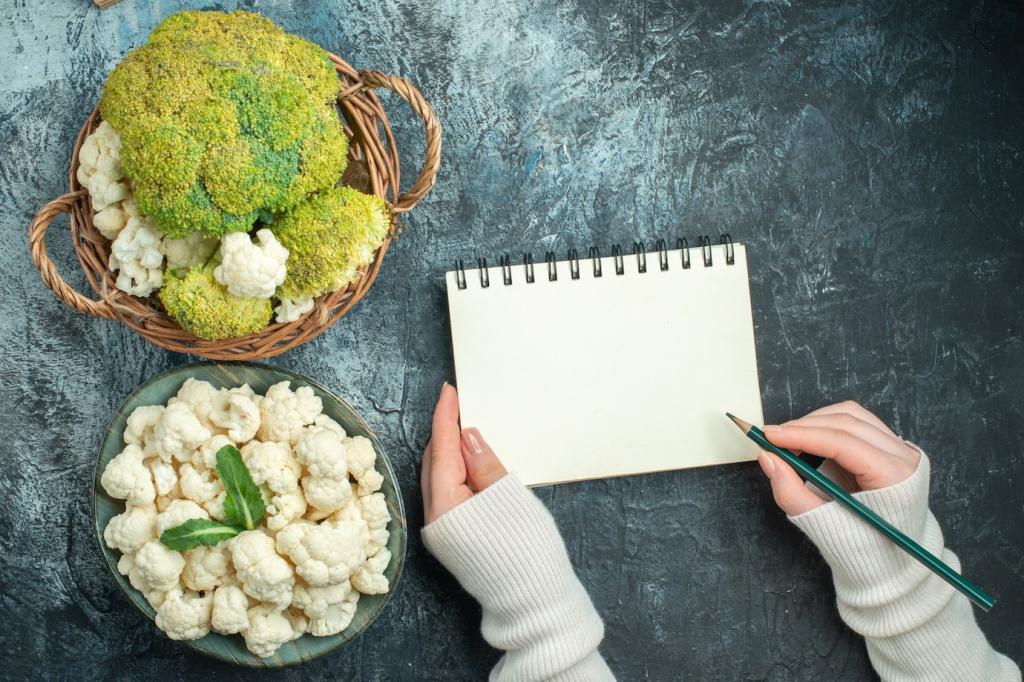Sustainable Upholstery Protection Methods: Keep Comfort Beautiful and Planet-Friendly
Today’s theme is Sustainable Upholstery Protection Methods. Explore practical, low-tox, planet-conscious ways to guard your sofas and chairs from stains, sun, and everyday life. Join us, subscribe for fresh tips, and share your own eco-wins.

Why Sustainable Upholstery Protection Matters
Extend Lifespan, Reduce Footprint
Extending the life of a sofa or chair dramatically lowers annual environmental impact, because fewer replacements mean less manufacturing, shipping, and landfill. Share how long your favorite piece has lasted, and we’ll help you make it last longer.
Healthier Homes With Low-VOC Strategies
Skipping solvent-heavy protectants helps preserve indoor air quality. Water-based, fluorocarbon-free solutions reduce off-gassing, so your living room stays fresher. Tell us your sensitivities or allergies, and we’ll tailor gentle, sustainable approaches together.
A Story From A Sunny Window
A reader wrote that sunlight bleached their linen loveseat within a year. UV film, timed shades, and a plant-wax reproofing routine halted the fade. Comment if bright rooms challenge your fabrics; we’ll share shade-smart tricks.
Eco-Friendly Barriers: Fluorocarbon-Free and Plant-Based
Look for fluorocarbon-free, water-based fabric protectants labeled low-VOC. They shed spills without persistent chemicals. Patch-test an inconspicuous area, apply evenly, and let it cure fully. Share your brand wins so our community can compare notes responsibly.

Eco-Friendly Barriers: Fluorocarbon-Free and Plant-Based
Candelilla or carnauba wax emulsions can enhance resistance on cotton, linen, and some blends. Applied lightly, they avoid heavy plastic feel. Have you tried a plant-wax finish yet? Report your results, drying times, and fabric types to guide others.
Daily Habits That Prevent Soil and Stains
Textile Touchpoints: Throws, Trays, and Rotations
Use machine-washable throws in high-contact zones and rotate cushions weekly to spread compression. A simple lap tray turns snack time spill-safe. Tell us your favorite protective throw fabric and patterns that hide tiny mishaps gracefully.
Sunlight Strategy Without Losing Light
Install UV-filtering window film and draw sheer curtains at peak hours to minimize fading. Rotate furniture seasonally to balance exposure. Comment with your room layout, and we’ll brainstorm a sun-smart plan that still feels bright.
Pet- and Kid-Friendly Protocols
Keep a soft grooming brush by the sofa, and teach a shoes-off habit for playtime. Place pet blankets on favorite perches and reward their use. Share your family routines that keep couches clean without sacrificing cozy moments.
Cleaning and Prep: The Foundation of Lasting Protection
Spot Cleaning With pH-Neutral Soap
Blot, don’t rub. Use distilled water and a pH-neutral soap solution on a white cloth, working from edges inward. Always test first. Share stubborn stain stories, and we’ll suggest fabric-specific tactics other readers found effective.
When Enzymes Make Sense
Protein-based stains like milk or pet accidents respond to enzyme cleaners used per label timing. Rinse thoroughly to avoid residue. What’s your toughest spill type? Comment, and we’ll crowdsource gentle, sustainable fixes that truly work.
Moisture Management and Dry Time
Limit saturation, ventilate the room, and allow full drying before applying any protector. Trapped moisture can cause odors or rings. Subscribe for our checklist that simplifies prep so protection cures beautifully the first time.
Repair, Reseal, and Circular Care
01
Test water beading quarterly by sprinkling a few drops. If they soak quickly, reapply a light coat only where needed. Share your timeline by fabric type so others can plan realistic, resource-saving schedules.
02
Catch snags early, reinforce seams, and patch discreetly under cushions when possible. A few careful stitches can delay reupholstery for years. Post your mending victories and the tools you trust for clean, durable fixes.
03
Use a gentle fabric shaver or sweater stone on pilling, and a soft brush to refresh nap on velvets and wools. Tell us your fabric type, and we’ll recommend sustainable tools that respect delicate weaves.
Choose Fabrics and Certifications That Support Protection
Tight weaves in wool, hemp blends, or recycled polyester resist abrasion and clean well. Removable covers simplify care and reproofing. Which fabric are you considering? Ask below, and we’ll weigh durability with comfort and aesthetics together.
Seek OEKO-TEX STANDARD 100, bluesign, or Cradle to Cradle for textiles, and GREENGUARD Gold or low-VOC assurances for protectants. Drop labels you see while shopping, and we’ll help decode them with sustainability in mind.
Calculate total cost of care, not just purchase price. A well-chosen, well-protected sofa can outlast trends gracefully. Subscribe for our upcoming guide to budgeting sustainable maintenance without sacrificing style or everyday comfort.
